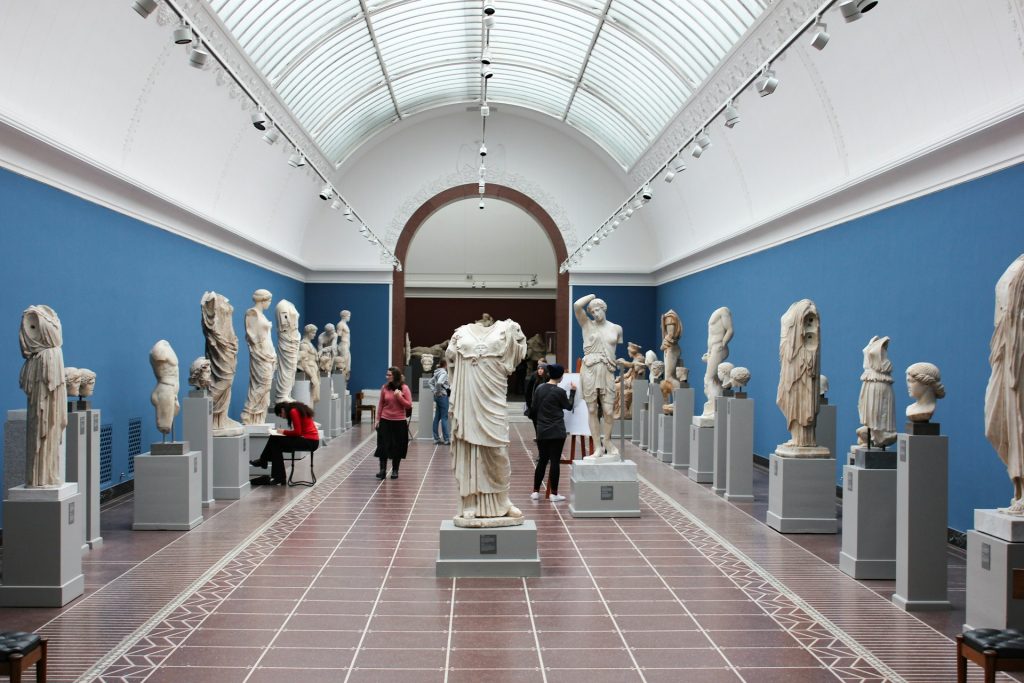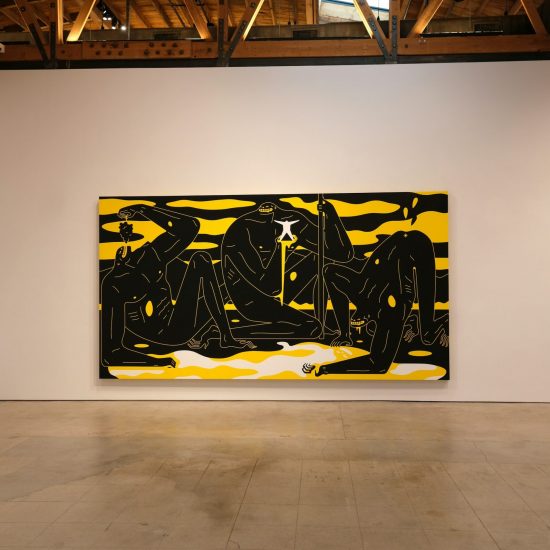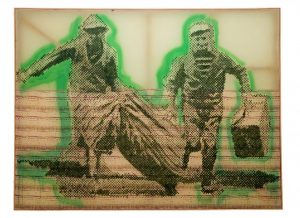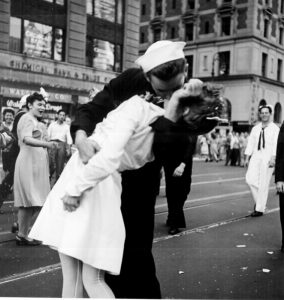In the realm of art, culture, and academia, the terms “exhibit” and “exhibition” are often used interchangeably, but they carry distinct meanings that are crucial for understanding their contexts and implications. While both terms involve the display of items for public viewing, their nuances lie in the scale, purpose, and duration of the display. This article delves into the differences between exhibit and exhibition, exploring their definitions, uses, and significance in various fields.
1. Definition and Scope
The term “exhibit” refers to a single display or presentation of items, artworks, artifacts, or any other objects of interest. It can range from a small showcase in a museum to a temporary display at a gallery or even a single item showcased in a prominent location. Exhibits are typically focused on highlighting specific themes, ideas, or collections. They are often curated with a particular narrative or educational objective in mind, aiming to convey a cohesive message or story to the audience.
On the other hand, an “exhibition” encompasses a broader concept that involves organizing and presenting a collection of exhibits within a larger framework. Exhibitions are usually more extensive and may span across multiple rooms, galleries, or even entire institutions. They are curated to provide a comprehensive exploration of a topic, period, or theme, often incorporating various media, interactive elements, and educational components to engage and educate visitors.

Source: https://unsplash.com/photos/assorted-paintings-on-white-painted-wall-3GZlhROZIQg
2. Purpose and Intent
The purpose of an exhibit is typically focused on showcasing specific objects or artworks to highlight their significance, historical context, artistic merit, or scientific value. Exhibits are designed to provide a concentrated experience that allows viewers to appreciate and learn about individual pieces or collections in depth. They serve educational, cultural, or promotional purposes depending on the context in which they are displayed.
In contrast, exhibitions serve a broader purpose that extends beyond individual displays. They are curated to create a cohesive and immersive experience that contextualizes the exhibits within a larger narrative or thematic framework. Exhibitions often aim to provoke thought, inspire dialogue, or raise awareness about significant issues, movements, or artistic styles. They may incorporate multimedia presentations, interactive installations, and interpretive materials to enrich the visitor experience and encourage deeper engagement.
3. Curation and Design
The curation of an exhibit involves selecting, organizing, and presenting individual items or artworks in a coherent and meaningful way. Curators of exhibits carefully choose pieces that align with the exhibit’s theme or objective, considering factors such as historical significance, artistic quality, cultural relevance, or scientific importance. The design of an exhibit focuses on enhancing the viewer’s understanding and appreciation of the displayed items through thoughtful arrangement, lighting, and interpretive materials.
In contrast, curating an exhibition involves a more extensive and complex process of planning, organizing, and integrating multiple exhibits into a unified whole. Exhibition curators collaborate with experts, scholars, and artists to develop a cohesive narrative or thematic structure that guides the visitor’s journey through the exhibition space. They consider spatial layout, flow, and thematic progression to create a compelling and informative experience that resonates with the audience.
4. Duration and Temporality
Exhibits are often temporary displays that may last for days, weeks, or months, depending on the venue and purpose. They are frequently rotated or replaced to keep content fresh and relevant for visitors. Exhibits may be featured as standalone presentations or as part of larger events, festivals, or programs aimed at attracting diverse audiences and enhancing cultural or educational offerings.
In contrast, exhibitions can vary widely in duration and may span weeks, months, or even years. They are often planned well in advance and may travel to different venues or institutions as part of a touring schedule. Exhibitions may have a fixed duration or be open-ended, depending on the scope, resources, and objectives of the organizing institution or entity. Their longevity allows for deeper exploration of themes, topics, or collections, catering to varied interests and engaging audiences over an extended period.
5. Audience Engagement and Interaction
Exhibits are designed to engage viewers through direct observation and contemplation of individual items or artworks. They encourage close examination and interpretation, inviting viewers to appreciate details, craftsmanship, or historical context. Exhibits may include interpretive labels, audio guides, or multimedia presentations to enhance understanding and encourage meaningful engagement with the displayed content.
Exhibitions, on the other hand, aim to create dynamic and interactive experiences that captivate and inform visitors through a variety of sensory and intellectual stimuli. They often incorporate interactive displays, hands-on activities, digital media, or live performances to foster deeper engagement and encourage active participation. Exhibitions may also feature public programs, workshops, or lectures that complement the thematic content and provide additional context or perspectives for visitors.

Source: https://unsplash.com/photos/people-watching-statue-in-gallery-room-E_evIcvACS8
6. Educational and Cultural Impact
Both exhibits and exhibitions play significant roles in educating and enriching cultural experiences for audiences of all ages and backgrounds. Exhibits contribute to scholarship, research, and preservation efforts by showcasing specific objects or collections that highlight unique aspects of history, art, science, or culture. They offer opportunities for learning, discovery, and reflection, promoting understanding and appreciation of diverse perspectives and traditions.
Exhibitions have a broader cultural impact by presenting comprehensive narratives or thematic explorations that resonate with contemporary issues, societal trends, or global perspectives. They foster dialogue, critical thinking, and community engagement, serving as platforms for cultural exchange, creativity, and innovation. Exhibitions contribute to cultural diplomacy, tourism, and economic development by attracting visitors, stimulating local economies, and enhancing the reputation and visibility of hosting institutions or destinations.
Conclusion
In conclusion, while the terms “exhibit” and “exhibition” are often used interchangeably, their distinctions lie in scale, scope, purpose, and impact. Exhibits focus on individual displays that highlight specific items or artworks, whereas exhibitions encompass larger, curated presentations that contextualize multiple exhibits within a thematic framework. Understanding these differences is essential for appreciating their roles in cultural, educational, and artistic contexts, enriching our experiences and fostering deeper engagement with the world of museums, galleries, and cultural institutions.
References:
- Smith, J. (2020). The Art of Curation: From Exhibit to Exhibition. Museum Journal, 45(2), 78-92.
- Jones, A. (2018). Curating Culture: The Role of Exhibitions in Contemporary Society. Cultural Studies Review, 32(1), 45-61.
- National Museum Association. (2021). Best Practices in Exhibition Design and Curation. Retrieved from [link]
This article draws upon insights from scholarly sources and industry best practices to provide a comprehensive exploration of the differences between exhibit and exhibition, highlighting their significance in the world of art, culture, and education.




